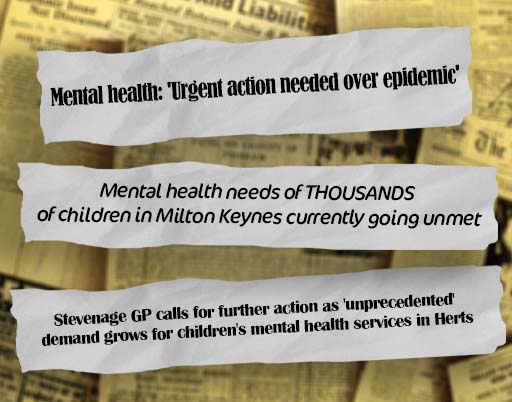4 What’s ‘normal’ and ‘abnormal’?
Adolescence is often viewed very negatively, with young people seen as out-of-control, irresponsible, threatening, lazy, discontented, sexually obsessed, naive and difficult to deal with. A young person is often seen as a troublemaker or as a nuisance who must ‘grow up’. They are sometimes discriminated against in a way that would be unthinkable for other sections of the population – banned from shopping centres, for example, not because they have been proved to be troublemakers but because of the assumption that they will cause difficulties. This sense of social exclusion is another challenge that young people have to face, and the dislike of young people that is sometimes expressed indiscriminately in the media also contributes to adolescents’ identity, albeit in a negative way. It is important to note that concerns about the behaviour of young people is not new. For example, in the 1960’s there was a lot concern about the behaviour of members of the youth subcultures the ‘mod and rockers’, such that Stanley Cohen (1972) described it as a ‘moral panic’ in being a sensationalist and over the top reaction. In the 1990’s there was a similar panic about EMO pop bands which were thought to encourage young people to undertake acts of self harm.
Earlier in the course, you found that many young people today seem to be experiencing an increase in mental health problems. What is certainly clear is that there has been an increasing concern in the media and elsewhere about young people’s mental health, resulting in a range of reports and initiatives. Take a look at these headlines:
It can be difficult to know when a young person needs help, and what kind of help they might need. In the next activity, you will engage with an interactive case study to see how well you are able to recognise a problem and assist a young person.

